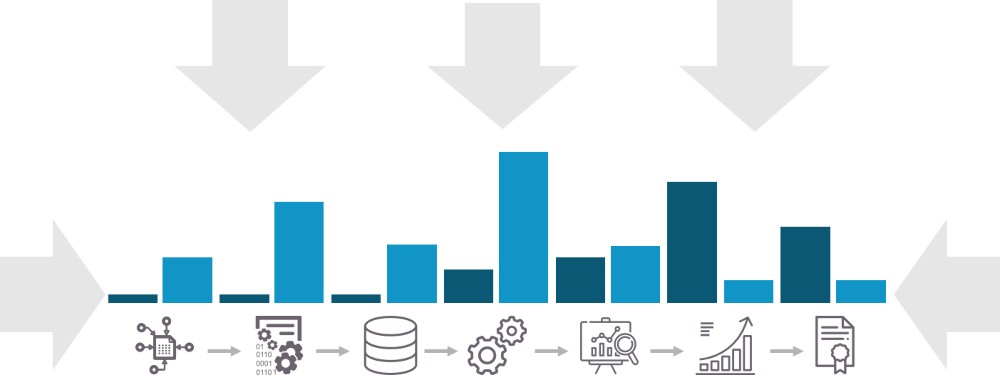Author: Su Berry
The actuarial value chain refers to the various stages and processes involved in actuarial work within the insurance and financial industries. It encompasses the tasks performed by actuaries from data collection and analysis to risk assessment and decision-making. However, in today’s complex and uncertain world actuaries are spending less and less time focused on the tasks they were hired to do.
So, how did we get here and how do we fix it?
Expectations vs Reality?
There is no doubt that there is an obvious disconnect between where managers think actuaries should spend their time vs. where actuaries really spend their time. The following diagram illustrates the differences.


Managers often expect actuaries to spend much of their time on traditional actuarial tasks, such as analysis and reporting. Realistically, actuaries may find themselves spending a significant portion of their time on data analysis and deriving insights from large datasets. Running BAU models, undertaking repetitive and manual tasks are day-to-day occurrences for today’s actuary!
Inadequate integration and data-sharing mechanisms between systems have hindered the efficient utilization of data and technical infrastructure, software tools, and data management systems are no longer fully supporting the analytical and modelling needs of actuaries. The lack of communication between actuarial and IT departments has also contributed to the growing problem of disconnect.
It’s important to note that these activities are not inherently low value, as they contribute to the accuracy, reliability, and compliance aspects of actuarial work. However, it becomes an issue if actuaries are spending an excessive amount of time on such tasks at the expense of more strategic and value-added activities.
Being Squeezed from Every Direction
The complexity of actuarial work has increased over time due to various factors, such as evolving regulations, changing risk landscapes, and advancements in technology.

Actuaries are now required to analyse more extensive and intricate datasets, develop sophisticated models, and address emerging risks. This increased complexity adds pressure on the department’s capacity to handle the workload and deliver high-quality analysis.
Let’s not forget, actuarial departments operate within a highly regulated environment, and regulatory requirements continue to evolve. Compliance with regulatory frameworks, such as Solvency II or IFRS 17, demands extensive analysis, reporting, and documentation.
As the demand for actuaries intensifies due to these additional pressures, the supply of qualified professionals is struggling to keep pace with the escalating requirements.
Fixing the Chain
So, how could the actuarial value chain be improved?
- Assess your current state by gaining a comprehensive understanding of where time is being expended. Then establish a distinct vision for the department’s desired target state.
- Examine process efficiencies across the entire value chain, investigate automation opportunities, and optimise resource allocation.
- Understand where knowledge & skills gaps exist, and upskill and invest in your actuarial team.
- Foster open and regular communication channels between actuarial and IT departments to enable more efficient workflows and improved outcomes.
It’s important for managers to recognise the evolving role of actuaries and adapt their expectations accordingly. Actuaries bring unique skills and perspectives to the table, and aligning their responsibilities with their actual areas of expertise can enhance their contributions to the organisation’s success.
Is this a familiar picture? I would be interested to know your thoughts.
Additional Reading
- Whitepaper: Lowering the Migration Hurdle
- Whitepaper: Data Integration with Mo.net

Comments are closed.